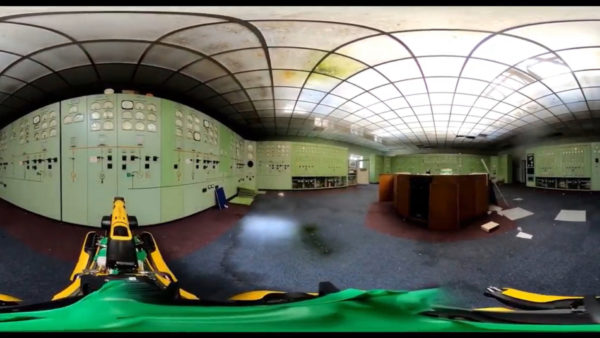The construction industry is digitalising as fast as other industries, says Jason Ruddle, COO at Elecosoft.
Is the construction sector adopting digital transformation slower than others?
Absolutely not. It is transforming, but in ways which reflect the sector’s makeup. Architects, designers and main contractors have been embracing the value of technology very rapidly in the construction process. The days of this sector not embracing change are long gone.
Today many companies use every technological advantage they can to move towards digital construction – from electronic communication and collaboration through to using advanced software to manage the build process. The digital construction age is rapidly changing the relationship that construction companies have with information, making it more central to the business and to decision-making.
In turn, we are seeing an increase in the demand for enterprise-wide solutions, which centralise and make project data more accessible – both for collaborative working and for management insight.
What could hold construction back from becoming a truly open, digital industry?
Issues of competition and fears about intellectual property inevitably present some risk. Companies have to become comfortable with the idea of shared risk alongside shared information. It applies not only with contractors but also in the supply chain where companies might have proprietary products, finishes or production processes.
Construction CEOs want the business advantages of digital construction. They have driven significant change, but are understandably concerned about competitive issues. The legalities of shared delivery and risk have yet to become clear so there is a big unknown.
This sector has significantly low margins and a strong emphasis on cash-flow. That’s why process changes have dominated digital construction so far, as companies pursue efficiency, effectiveness and cost reduction goals.
As the cost/benefits of significant BIM projects emerge, it will continue to stimulate momentum. Many organisations are now delivering on BIM; tenders are increasingly specifying a need for BIM, but BIM isn’t yet the norm it will become. Unfortunately, the construction lifecycle can take years. The full cost/benefit analysis can only take place at the end of a project – though you can see some signs during the project.
How is Elecosoft evolving as the construction sector changes?
The changes at Elecosoft reflect those that are happening across the industry in many ways.
Construction used to operate in silos. Architects, contractors and suppliers used to work largely in isolation. Their information and expertise was rarely shared. BIM has started to change that, and barriers will continue to come down.
In the same way, Elecosoft is working to share knowledge and capabilities across the group. We took a close look at how we could bring the value of all the group’s solutions together to create common platforms and tools, rather than single products. We wanted to collaborate, share ideas and draw on wider experience – very much in the same spirit as BIM.
Asta Powerproject used to be treated purely as a PM product, but now acts as an integrated platform supporting users with a broader view that incorporates 4D and BIM. We saw huge opportunities in bringing our tools together – our estimating tool Bidcon can be utilised alongside Asta Powerproject to manage an even broader view that includes cost estimation and management. This rapid progress towards delivering 5D has projected us into an enviable position as an integrated solution provider.
What does the future hold for development?
Not only will we continue to listen to customers and respond through the efforts of our in-house development team, we will also continue to work with third parties. Openness is fundamental for BIM and the future of digital construction. It supports smart innovation, which can be achieved through the right partnerships, as well as smooth and seamless flow of information.
Working with third party software is essential to help customers protect their investments. Construction companies have vast legacy investments in different technologies. We want our solutions to add digital construction capability and flexibility. Having a “not invented here” attitude means you cannot only miss out on innovation and ideas but overlook the needs of customers – that’s not smart.

Companies have to become comfortable with the idea of shared risk alongside shared information. It applies not only with contractors but also in the supply chain where companies might have proprietary products, finishes or production processes.– Jason Ruddle, Elecosoft
Comments
Comments are closed.














The principal concepts bare just starting to be understood within industry. There are still huge gulfs between the design team. There is still a “why should I” attitude within the industry. Changing culture and entrenched views does not happen over night.
In short there is still a long, long, long way to go.